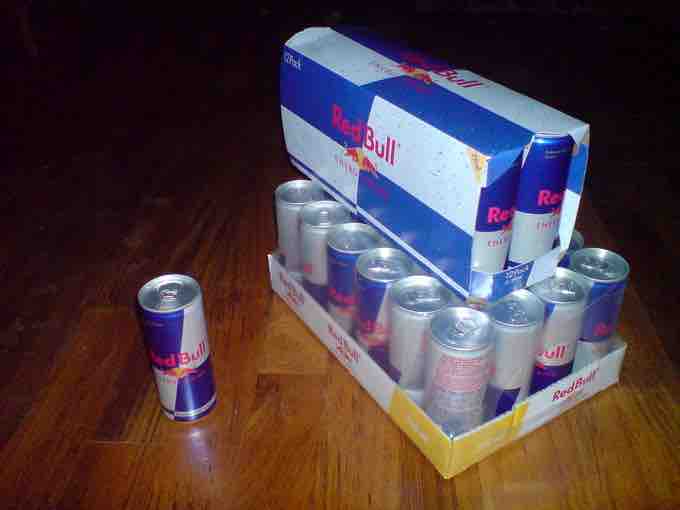The following are criteria for a successful segmentation:
- It is possible to measure the market segment and the difference in preferences for a product
- The market segment must be large enough to earn profit
- The market segment must be stable enough that it does not vanish after some time
- The market segment has to reach potential customers via the organization's promotion and distribution channel
- The market segment is internally homogeneous (potential customers in the same segment prefer the same product qualities)
- The market segment is externally heterogeneous, that is, potential customers from different segments have different quality preferences. Clear differences in consumer preferences for a product or service must exist.
- The market segment responds consistently to a given market stimulus
- The market segment is able to leverage the appropriate marketing mix to respond to difference in preferences
Effective marketers, such as the creators of Nike athletic shoes and Red Bull energy drinks, know that meeting these criteria through innovative and creative segmentation is often the key to marketing breakthroughs.
eHarmony Case Study
eHarmony established a new category within an online market that many considered to be dominated by two well-established Internet brands in Match.com and Yahoo. eHarmony made its mark in the online dating landscape by establishing its brand as the site for the serious relationship seeker, particularly women. The result was a dating site that at the time went against all the standard practices and conventional wisdom in the industry. eHarmony didn't allow users to search and browse the database for potential mates. Instead, eHarmony had users complete an exhaustive questionnaire and based on the results fed users an allotted amount of potential mates.
This process made for a much better user experience for eHarmony's target demographic in several ways. First, women didn't feel like they were being judged mainly on their photograph and perceived that potential suitors were being matched to them on criteria other than looks. Second, the entire eHarmony process is very time consuming. It takes at least 40 minutes to fill out the initial questionnaire, users must court potential mates through a series of essay questions, and users must review every potential mate. By making the process so time consuming, eHarmony has the natural effect of weeding out non-serious users. This makes the product much better for the serious female relationship seeker who doesn't have to spend as much time determining whether a male suitor is just seeking a casual relationship.
The result of creating a product suited to women seeking marriage or serious relationships had two huge financial benefits for eHarmony. First, they could charge much more and enjoy much better margins than competitors. Because the perception of finding a soul mate provides more value to the user than just finding a date, eHarmony was able to charge more ($50 per month versus $20 per month). Second, eHarmony was able to monetize women much more effectively than other sites. Many dating sites make most of their money on men. eHarmony makes more money on women--almost 60% of their paying users are women. For almost any other dating site the reverse is true.
Red Bull Case Study
Red Bull's targeted approach wins across the globe. Austria-based Red Bull is a company with one product, an energy drink containing the amino-acid Taurine. Dietrich Mateschitz launched Red Bull in 1987. Its signature, a slim, silver-colored, 8.3 ounce can (shown here ), has been an enormous hit with its target youth segment across the globe. For the year 2001, Red Bull had sales of $51 million in the United States alone and captured 70 per cent of the energy drink market worldwide. From Stanford University on California's west coast, to the beaches of Australia and Thailand, Red Bull has managed to maintain its hip, cool image, with virtually no mass-market advertising.

Red Bull's targeted approach to Marketing
Red Bull used Collegiate Brand Managers to promote the drink via free samples handed out at student parties. The company also organized extreme sports events--for example, cliff diving in Hawaii or skateboarding in San Francisco, reinforcing the brand's extreme, on-the-edge image.
It has instead opted for a grass roots campaign, "In terms of attracting new customers and enhancing consumer loyalty, Red Bull has a more effective branding campaign than Coke or Pepsi," said Nancy F. Koehn, professor of business administration at Harvard Business School and author of Brand New: How Entrepreneurs Earned Consumers' Trust from Wedgwood to Dell. Red Bull used Collegiate Brand Managers to promote the drink via free samples handed out at student parties. The company also organized extreme sports events--for example, cliff diving in Hawaii or skateboarding in San Francisco, reinforcing the brand's extreme, on-the-edge image. The beverage industry giants were taking note – Coke ran a stealth marketing campaign, where Coke was packaged in a slim can, reminiscent of Red Bull's packaging, and offered to customers in hip, trendy bars and clubs in Manhattan and New York City.